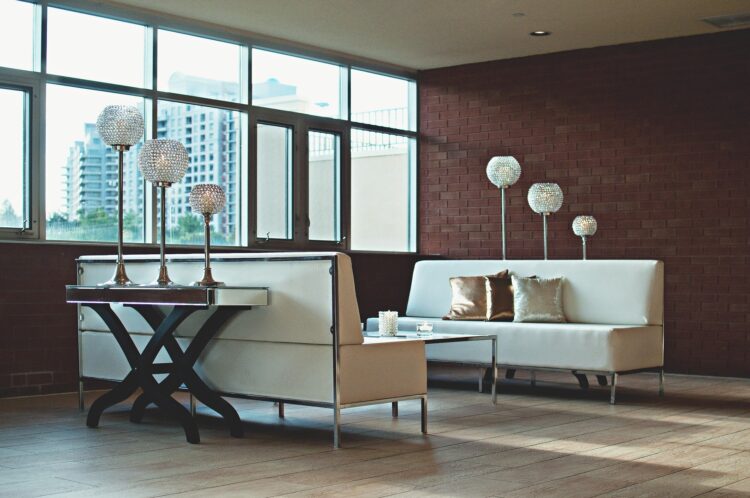Residential Window Tech for Energy Efficiency in 2020 and Beyond
Windows play a vital role in any home, serving to regulate light flow and temperature, and add an aesthetic appeal to any room. Like any technology, residential windows have adapted with time to suit the needs of homeowners around the globe.
As technology advances towards environmentally-sound and energy-efficient innovations in 2020, residential windows have followed suit. New technology like integrated ventilation systems and app-controlled smart windows are becoming more readily available, and users are choosing them for their energy and money-saving capabilities.
In 2020, homeowners are increasingly cognizant of the role residential windows play in maintaining their home’s temperature while cutting heat and maintenance costs. Double glazed vs. triple glazed windows seems to be the hottest topic for the current debate in crafting a home that is as energy-efficient as possible. More homeowners are opting for triple glazed windows rather than standard double glaze for their increased insulation properties.
A significant appeal of energy-efficient windows is that they can be integrated into new and old houses alike, depending on the house’s specific needs. Installing energy-efficient windows can modernize your home and save you money over time, but it’s essential to know which windows are right for your home.
Double Glazed Vs. Triple Glazed Windows
Glazing refers to the number of panes within a window frame. As the names suggest, double glazed windows contain two separate panes of glass, while triple-glazed windows contain three. Between each layer is a gas, usually argon or krypton, that serves to insulate the window.
Both double glazing and triple glazing serve to insulate a house and limit the energy that escapes through the window, but both have specific benefits. Choosing between double-paned and triple-paned windows is a personal decision about paying the money upfront for long-term savings on energy costs. The location and climate where the home is located will play a significant role in deciding if double or triple pane windows are the right option for your home.
People living in cold climates like Canada or Scandinavia will favor triple glazed windows, as the added layer of glass creates more insulation to lock out the cold. Triple glazed windows are also suitable in less extreme climates, where they can serve as an energy-saving method, keeping warm air in the house to reduce spending on heating.
Double glazed windows will not keep warmth in as well as triple glazed but are a good choice for more temperate climates, where less heating and air conditioning is required. They are a more cost-effective option for those who don’t need to rely on triple glazing to stay warm. However, having triple glazed windows will save you money on heating costs in the long-run, so are a worthy investment for those who want the most energy-efficient home possible.
Double glazed windows may be more suitable for older homes that aren’t as well insulated, as the energy-saving benefits of triple glazed windows will likely be lost on a home that does not have newer insulating properties and lacks new building techniques that reduce energy loss.
Heating and Ventilation Systems
For increased control over insulation and temperature, a heat recovery ventilation system can be integrated into the window frame itself and is easily added into existing window frames during renovations.
The main reason for adding a ventilation system to your windows is to recover heat that would otherwise be lost. With a ventilation system, warm air from the inside of the home is circulated through the vent, heating cold air from outside as it enters the home.
Through the wonders of modern technology, some ventilation systems can be controlled through the use of an app. These apps allow users to program each window in a home according to the users’ preferences.
If your home is older or does not have a central air system, adding a ventilation system to your windows can help retain heat and reduce energy costs.
Smart Windows
For those with a penchant for high-tech innovations, or who are looking to reduce the carbon footprint of their homes by reducing the loss of energy, windows with smart technology are available. Like ventilated windows, smart windows can be operated through a phone or tablet via the use of an app. The user can adjust the window’s settings from anywhere, whether in the home or on the go.
Smart windows offer the option to add integrated blinds, built-in ventilation, and extra insulation. Through the app, the user can adjust ventilation, shading, and fanlight with the touch of a finger.
Smart windows allow the user to keep their home at an optimal temperature at all times, thereby reducing heating and cooling costs and saving energy. They are often crafted with humidity-resistant materials and are fully connected to the frame, offering increased insulation and noise-reduction.





